3D Graphics for Cultural Heritage
This thread is focused on the use of cutting-edge Computer Graphics for the support of Cultural Heritage. This includes not only the presentation of artifacts to the public, but also the development, experimentation and dissemination of new algorithms and tools to help the experts (art historians, restorers, archeologists) in their everyday work.
The "3D Graphics for Cultural Heritage" thread works in close collaboration with the other threads of the Laboratory, sharing the results of the research in order to adapt and improve them for this specific context. For any clarification or information, please contact Matteo Dellepiane dellepiane@isti.cnr.it
Practical application of CG technologies for CH Restoration
One of the strong points of the Lab is the application of cutting-edge technologies in the professional work of Restorers and Art Historians. Some recent results include:
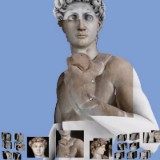
The integration of 2D and 3D data for documentation and analysis: Photocloud
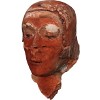
Support to restoration and reassembly of fractured objects.
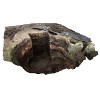
Monitoring of excavation sites using 3D-from-images.
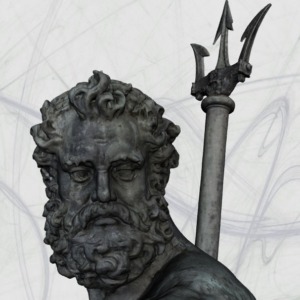
Documenting the entire restoration process using an interactive 3D approach, as it has been recently (2016-2017) experimented in the framework of the Neptune Fountain (Bologna, Italy).
Semi-automatic analysis of objects surface
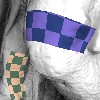
Geometry processing techniques can be applied to a very interesting field of application: the analysis of chisel marks and the small details of artworks
Study, reconstruction and visualization of ancient polychromy
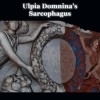
Another research topic of the Lab is Computer Graphics used for the study, digital reconstruction and visualization of the ancient colour of artworks, especially focussing on the issue of polychrome marble surfaces as, for example, Roman sarcophagi (I-IV century AD).
Dissemination and Education through the use of freeware tools
The Lab promotes the use of Freeware and Open Source tools (in particular MeshLab) through the participation to International Schools and Workshops, but also through activity:

On the web: MeshLab Video Tutorials.
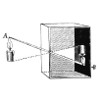
Through university courses.